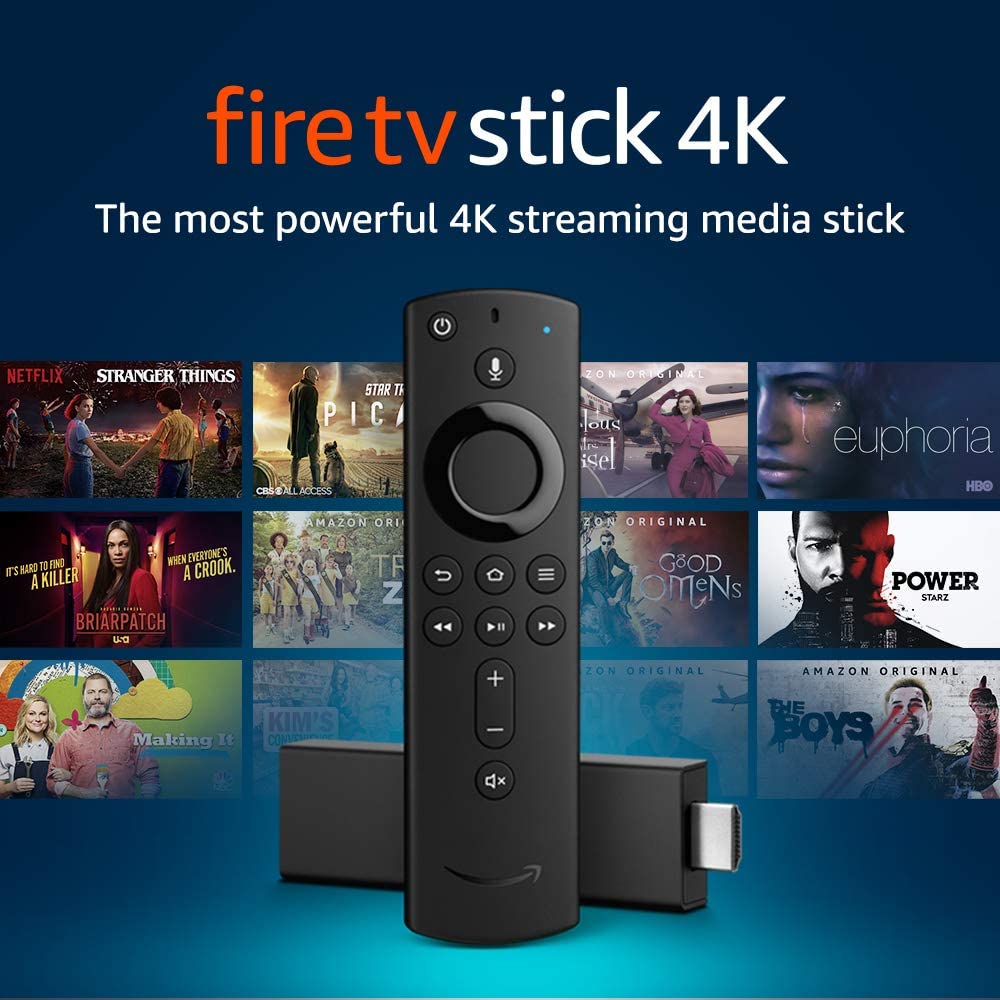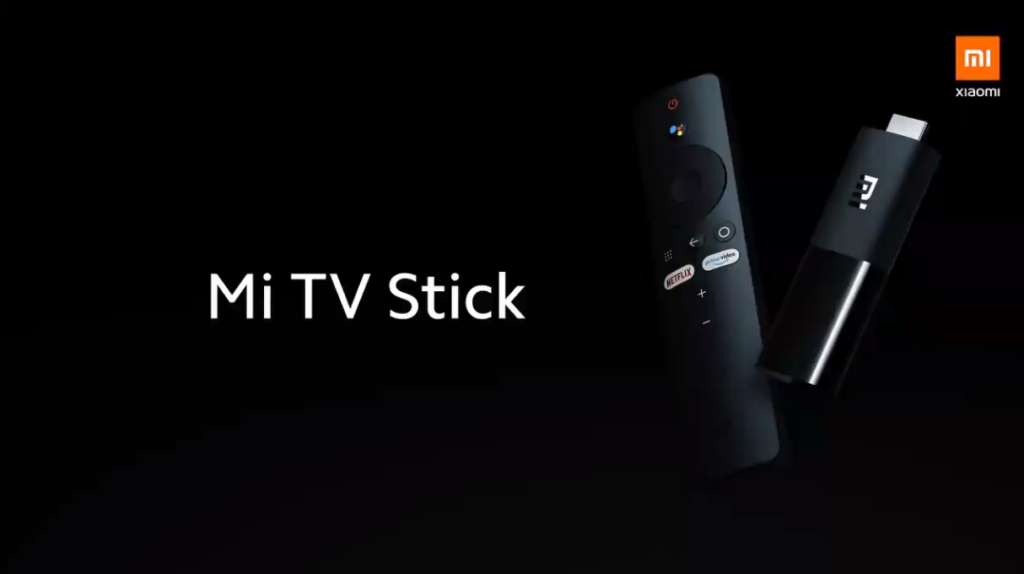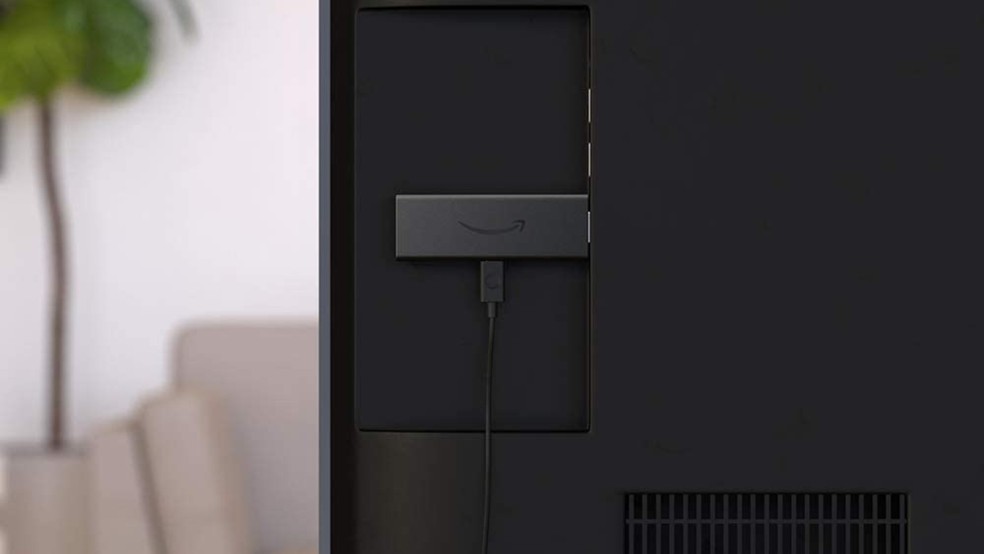Amazon Fire TV Stick 4K and Mi TV Stick are two good media center options for those who want to turn an ordinary TV into a smart one from an HMDI output. Despite having similar features and looks, the devices from Amazon and Xiaomi have important differences to consider. While the Fire Stick uses the Fire OS operating system, the Mi Stick uses Android TV, which can impact the types of streaming services made available to the user, for example.
Launched in 2021 and 2020, respectively, Amazon and Xiaomi’s devices are some of the latest in their category to arrive in the market, and are among the most sought-after media centers. To better understand the pros and cons of each model, check out, on the lines below, the comparison that Techidence prepared with all the details of the products’ technical sheets.
Fire TV Stick 4K vs Mi TV Stick
| Specifications | Fire TV Stick 4K | Mi TV Stick |
|---|---|---|
| Current price | $79 | $49 |
| Maximum resolution | 4K (2160p) | Full HD (1080p) |
| Processor | Quad-core 1.7 GHz | Cortex-A53 Quad-core 2 GHz |
| Storage | 8 GB | 8 GB |
| RAM | 1.5 GB | 1 GB |
| Operating system | Four OS | Android TV |
| Dimensions | 10.8 x 1.4 x 3 cm | 9.2 x 1.5 x 3 cm |
Design

“The media centers have a very similar design. They adopt the “stick” format, which looks like a large pen drive and connects directly to the TV’s HDMI, without the need for any cable. Thus, they are more discreet than box-like devices, for example. In size, Xiaomi’s device has a slight advantage, being only 9.24 cm long, against 10.8 cm for Amazon’s media center.
Despite connecting directly to the TV, the devices also use USB cable power. The Mi TV Stick can be powered directly from the TV’s USB port, which makes it easy to hide the cable and keep it discreet. The Fire TV Stick 4K, on the other hand, must be plugged into a conventional outlet, according to the manufacturer’s instructions, using the included power adapter. Xiaomi also includes a power adapter, for use on TVs that do not have USB.
The Mi TV Stick, however, does not have an HDMI extender cable, unlike the Fire TV Stick 4K. The cable is used to improve Wi-Fi reception or to better connect the device to the TV.
Specifications

Another advantage of the Fire TV Stick 4K is the playback resolution in 4K, while the Mi TV Stick works in Full HD. However, the difference between the resolutions is only noticeable on TVs compatible with 4K resolution – otherwise, the Fire TV Stick 4K will play back content in 1080p or 720p. Amazon’s device also has compatibility with some visual features that promise to improve picture quality, such as HDR, HDR10, HDR10+, HLG, and Dolby Vision.
Despite not playing in 4K, Xiaomi’s model has a slightly better processor, with four cores and a clock of up to 2 GHz. In the Fire TV Stick 4K, on the other hand, the processor also has four cores but has a clock of only up to 1.7 GHz. However, Amazon’s device comes out ahead in RAM, with 1.5 GB against 1 GB of Xiaomi’s competitor. In storage, both have 8 GB, space that is divided between the operating system and content. To connect to the internet, both models are compatible with 2.4 and 5 GHz Wi-Fi networks.
System, features, and content
The Mi TV Stick runs Android TV 9.0, developed by Google, which is one of the most complete operating systems in terms of application availability, even sharing the same base as Android for cell phones.

The Fire TV Stick 4K, on the other hand, uses Fire OS, developed by Amazon itself. Despite being based on Android, it has its app store, but it does not have the same diversity of apps available in the Google Play Store as Android TV. HBO Max, for example, is not available on Amazon’s dongle, which is a significant disadvantage for subscribers of the service.
In addition, the Mi TV Stick has a built-in Chromecast. Thus, sending the content directly from the cell phone to the device is possible, without necessarily needing the app installed on the media center. The same functionality is not available on the Fire TV Stick 4K.
There are also some differences between the home page interfaces of the two devices. Anyway, both are very intuitive, showing content suggestions and a list of installed apps.
Remote control
Both have buttons for power, navigation, basic controls (menu, back, and home screen), volume, and app shortcuts. The Fire Stick accessory is a bit more complete, also including media controls (play/pause, forward and rewind), mute, and two more app shortcuts. In addition, the power and volume buttons can be configured to control the TV.
Another function in common is voice control, which can be triggered by a button. The difference, however, is in the available assistant: in Amazon’s device, the user has Alexa, while Google Assistant is present in Xiaomi’s media center.
Price and availability
The price range of the devices is quite similar. The Mi TV Stick can be found for $49 on Xiaomi’s official store, while the Fire TV Stick 4K sells for $79 on Amazon’s official website.
- Buy Fire TV Stick 4K
- Buy Mi TV Stick
This post may contain affiliate links, which means that I may receive a commission if you make a purchase using these links. As an Amazon Associate, I earn from qualifying purchases.

